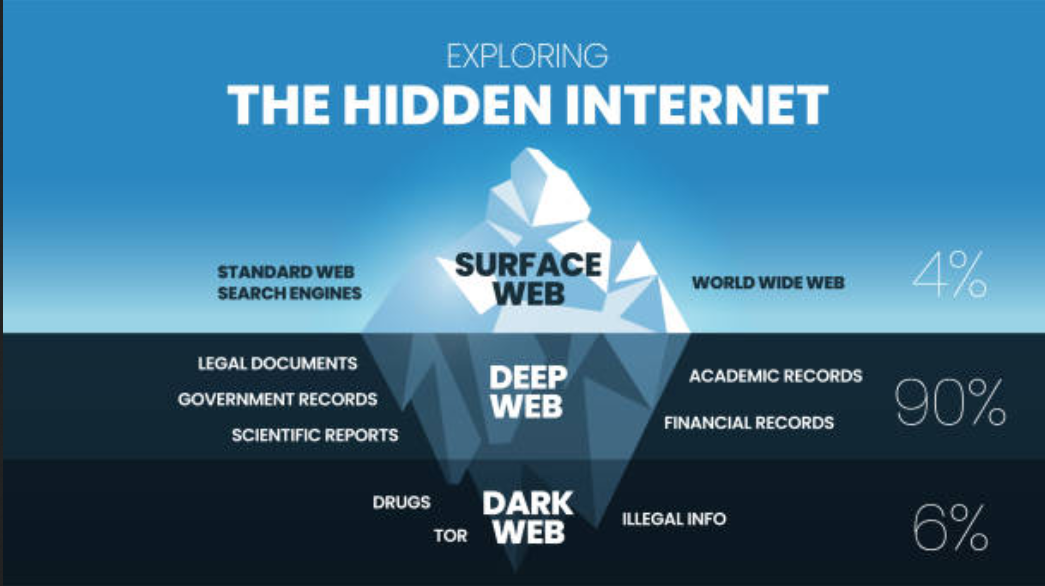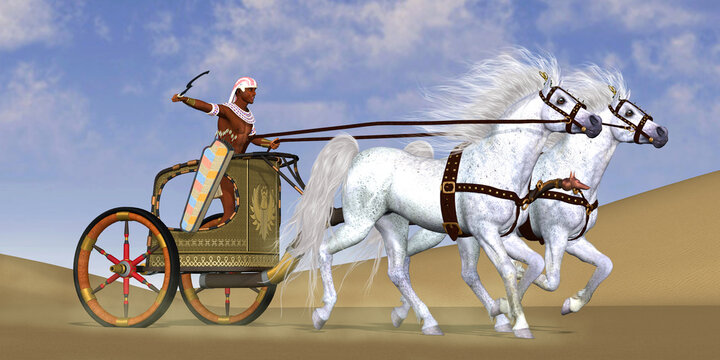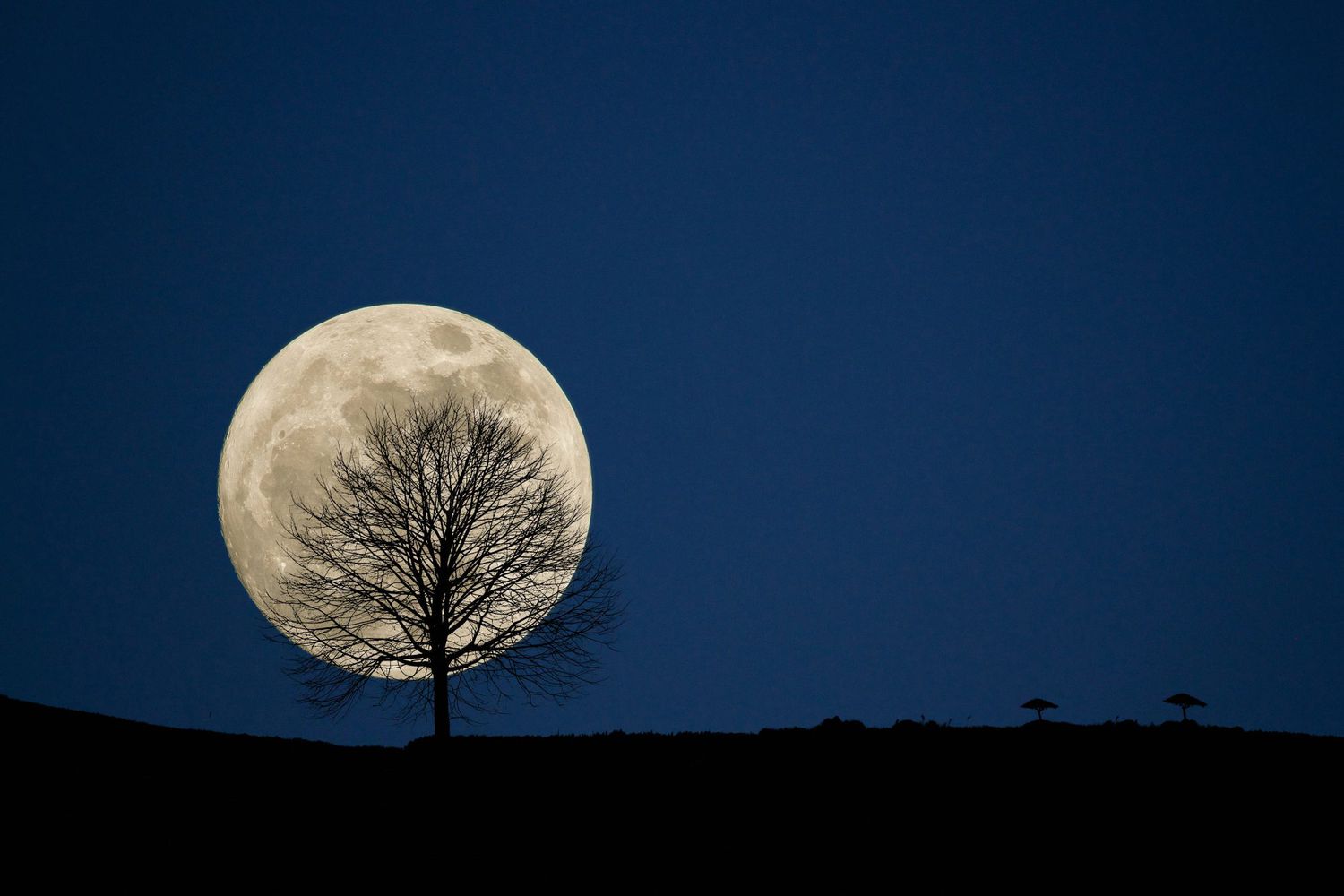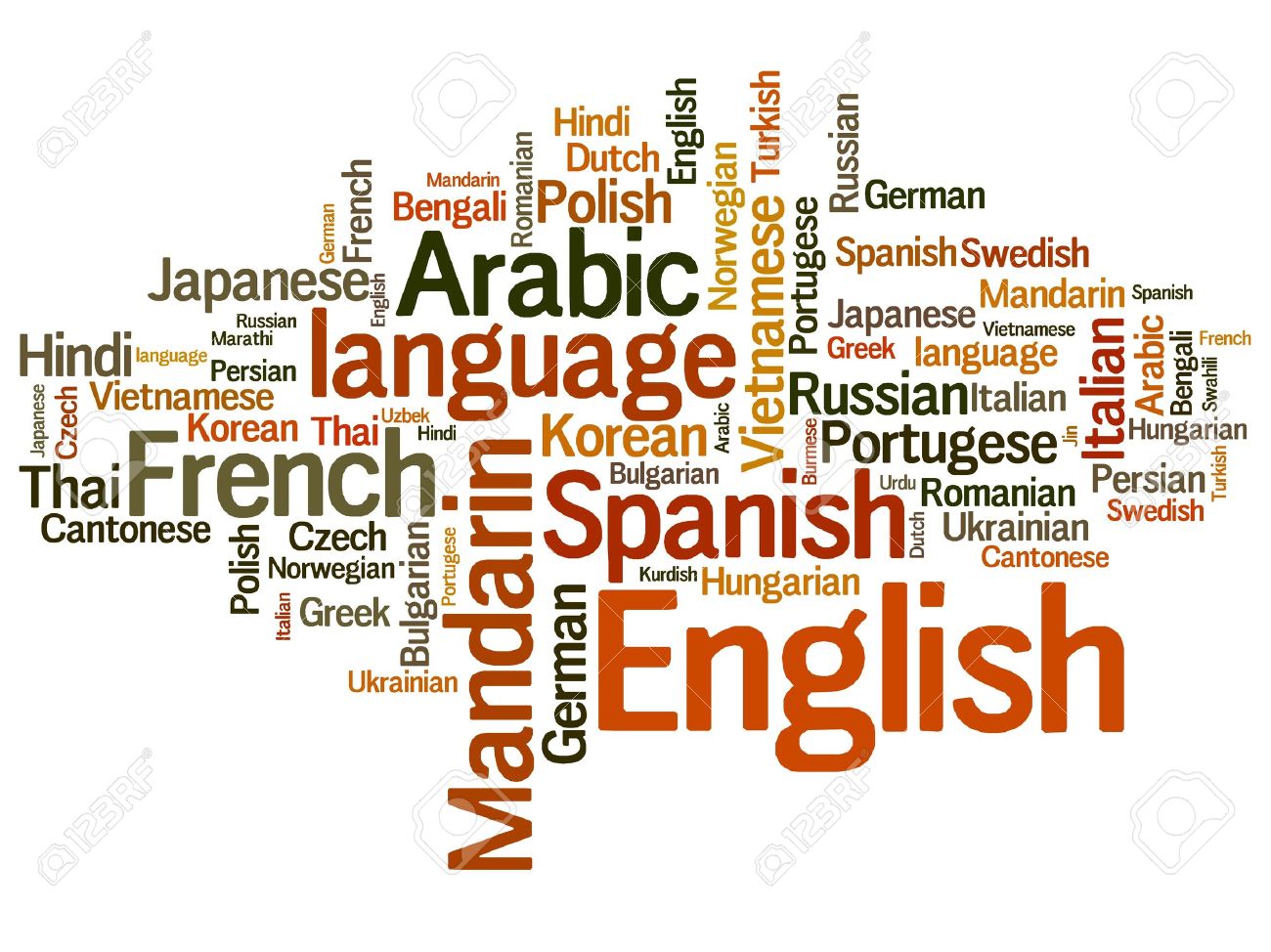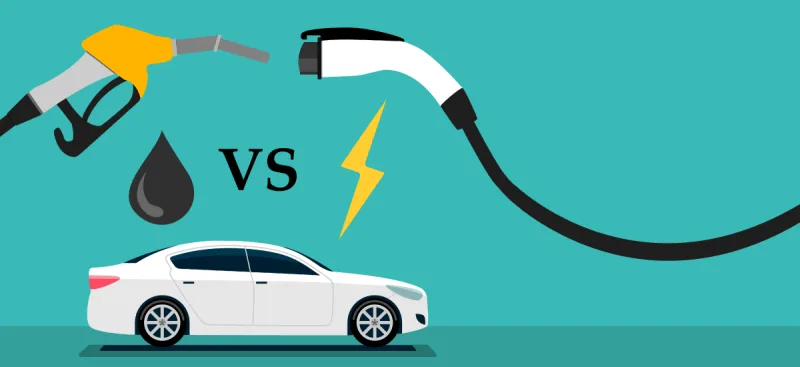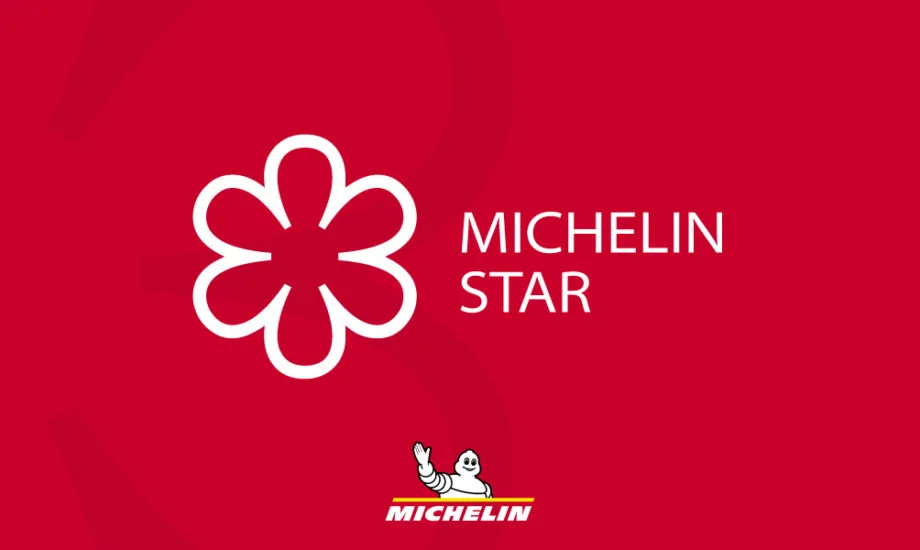
Introduction
If you’ve ever watched Chef or Burnt, or simply pretended to know the difference between amuse-bouche and antipasti on a date, chances are you’ve heard the term “Michelin Star.” But what’s behind the white-glove magic of these stars? Is it really about food? Or is it a global conspiracy cooked up by a French tyre company?
Wait… Michelin Tyres and Michelin Stars Are the Same Company?
Yes. That’s not a typo, hallucination, or satire headline.
The Michelin Guide—the holy grail of culinary recognition—was created by the same people who manufacture tyres. Back in 1900, André and Édouard Michelin wanted to encourage more road travel (read: tyre sales), so they published a red guide for motorists. This included maps, petrol stations, and—you guessed it—restaurant recommendations.
Over time, the guide became more sophisticated. By 1926, it began awarding stars to fine-dining establishments. Eventually, the stars took on a life of their own, becoming the gold standard for haute cuisine worldwide. Yes, it escalated from “eat here while you pump gas” to “mortgage your house for a 9-course tasting menu.”

What is a Michelin Star Restaurant?
A Michelin Star Restaurant is a place where food is not just cooked—it’s crafted, curated, and presented like edible art. These stars recognize excellence, consistency, innovation, and experience.
Michelin Stars are awarded to restaurants, not individual chefs. However, chefs often become synonymous with their star-rated establishments.
What is a Michelin Star Chef?
Technically, there’s no such official title as a “Michelin Star Chef.” The Michelin Guide awards stars to restaurants, not people. But in popular culture (and LinkedIn bios), chefs whose restaurants have been starred are dubbed Michelin Star Chefs.
So, while Gordon Ramsay or Massimo Bottura are considered star chefs, it’s their restaurants that hold the Michelin title—not their personal apron collection.
Michelin Star Ratings: 1, 2, 3 and What They Mean
- 1 Star: “A very good restaurant in its category.”
- 2 Stars: “Excellent cooking, worth a detour.”
- 3 Stars: “Exceptional cuisine, worth a special journey.”
Translation for us regular folk:
- 1 star = Treat yourself.
- 2 stars = Travel a bit for this.
- 3 stars = Empty your bank account and sell your kidney for the reservation.
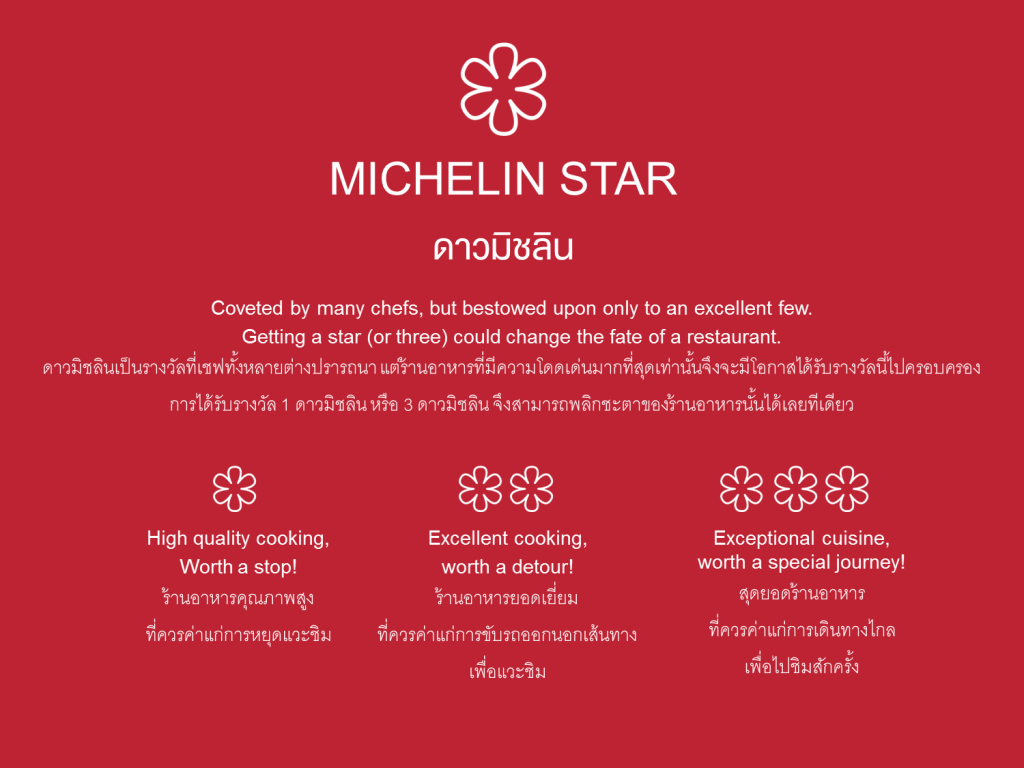
How Do You Get a Michelin Star? (Spoiler: It’s HARD)
The Michelin Guide doesn’t accept applications. Inspectors visit anonymously and judge based on the following 5 parameters:
- Quality of Ingredients
- Mastery of Flavor and Cooking Techniques
- Personality of the Chef in the Cuisine
- Value for Money
- Consistency Between Visits
One bad day in the kitchen can make the difference between stardom and sobbing into your soufflé.
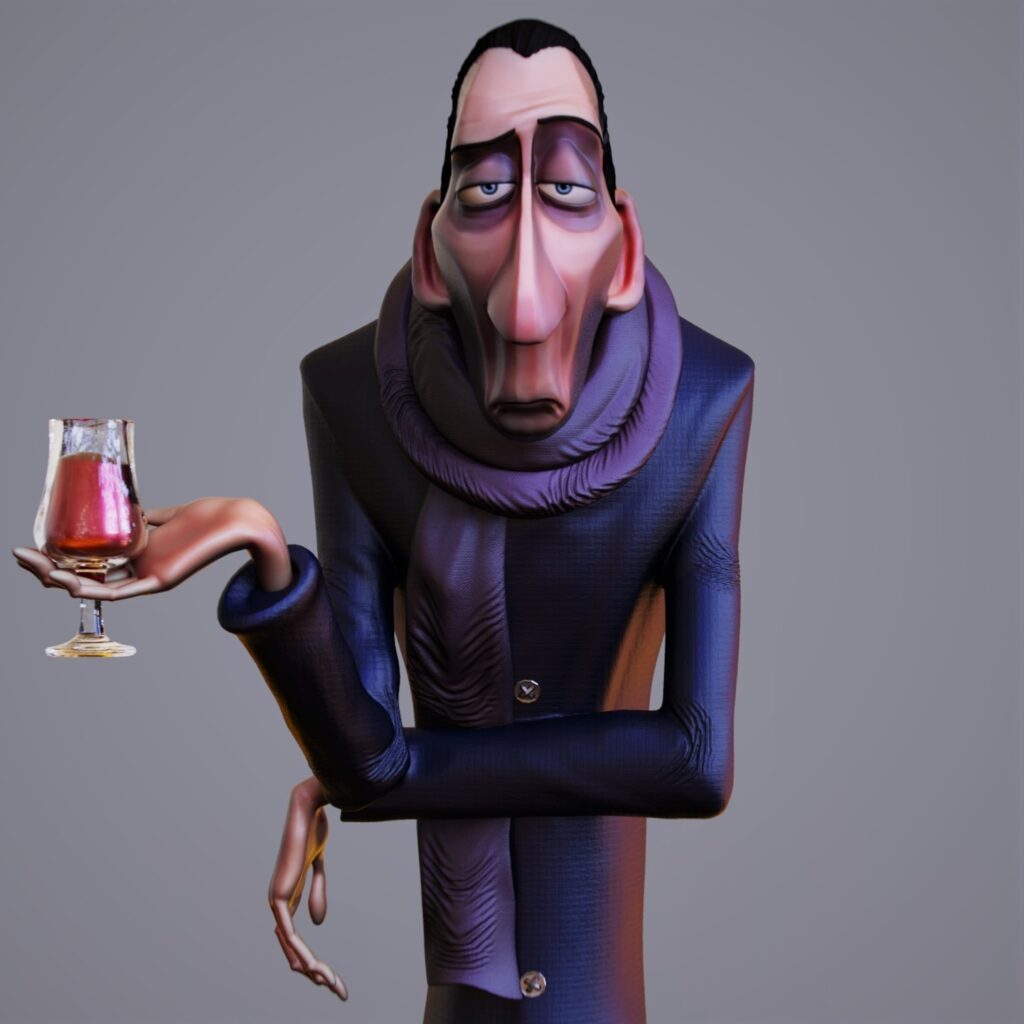
The Mystery Inspectors: Culinary Ninjas of the Michelin World
Michelin inspectors are the food world’s equivalent of secret agents. Their identities are fiercely guarded, and they dine anonymously. Their reports are detailed, and multiple visits are made before awarding or revoking a star.
Urban legends (and some truths):
- They often order the same dish multiple times across visits.
- They never announce themselves.
- Some reportedly book under false names and even fake accents.
Who Created the Michelin Star Rating?
The Michelin brothers, André and Édouard, started it all with their red guide in 1900. The star system began in 1926, with 2 and 3 stars added in the 1930s. From boosting road trips to redefining cuisine, the Michelin brothers unwittingly reshaped food history.

Famous Michelin 3-Star Restaurants Around the World
- Osteria Francescana (Italy) – Chef Massimo Bottura’s artistic culinary haven.
- Sukiyabashi Jiro (Japan) – The sushi temple made legendary by Jiro Dreams of Sushi.
- The French Laundry (USA) – Chef Thomas Keller’s Californian fine-dining bible.
- Le Bernardin (USA) – Eric Ripert’s seafood symphony in New York.
- El Celler de Can Roca (Spain) – Run by the Roca brothers, an ode to innovation.
- Restaurant Gordon Ramsay (UK) – Holding 3 stars for over 20 years.
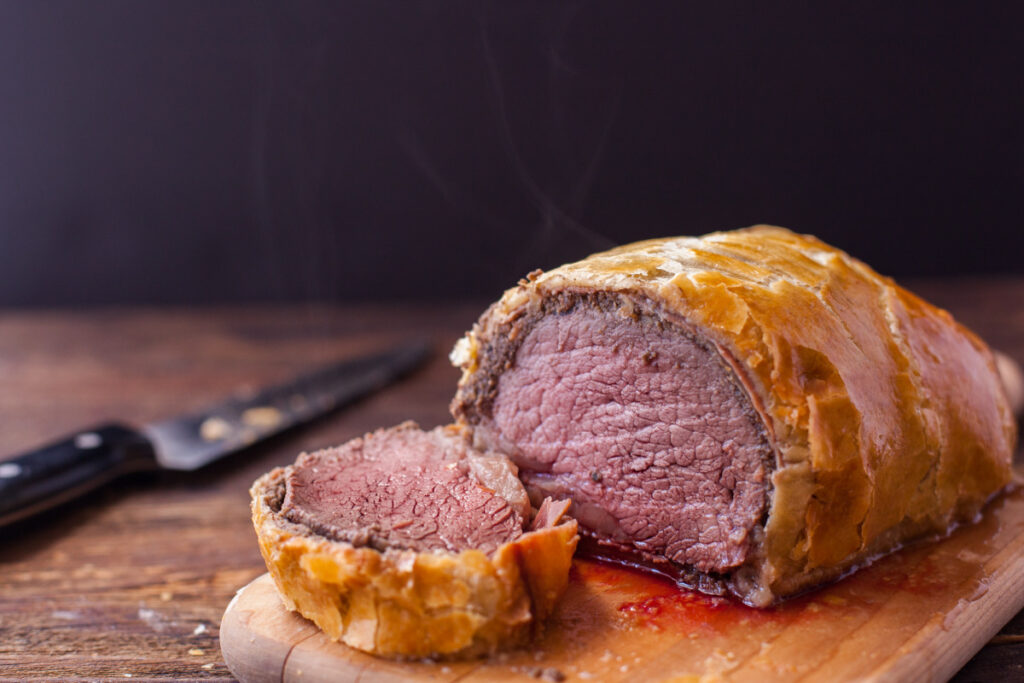
Why India Has No Michelin Star Restaurants?
Despite its ancient culinary traditions and booming gourmet scene, India lacks even one Michelin Star restaurant. Why? It’s not the food. It’s the absence of the Michelin Guide in India. Michelin only reviews regions where it operates officially.
Reasons India is not yet covered:
- Logistics and infrastructure hurdles.
- Safety and anonymity of inspectors.
- Limited ultra-fine-dining consistency across the country.
- Possibly… a touch of colonial bias? Who knows.
Famous Indian Chefs Abroad Who Earned Michelin Stars
- Gaggan Anand – Gaggan in Bangkok held 2 Michelin Stars.
- Vineet Bhatia – Rasoi in London.
- Atul Kochhar – Benares in London.
- Sriram Aylur – Quilon in London.
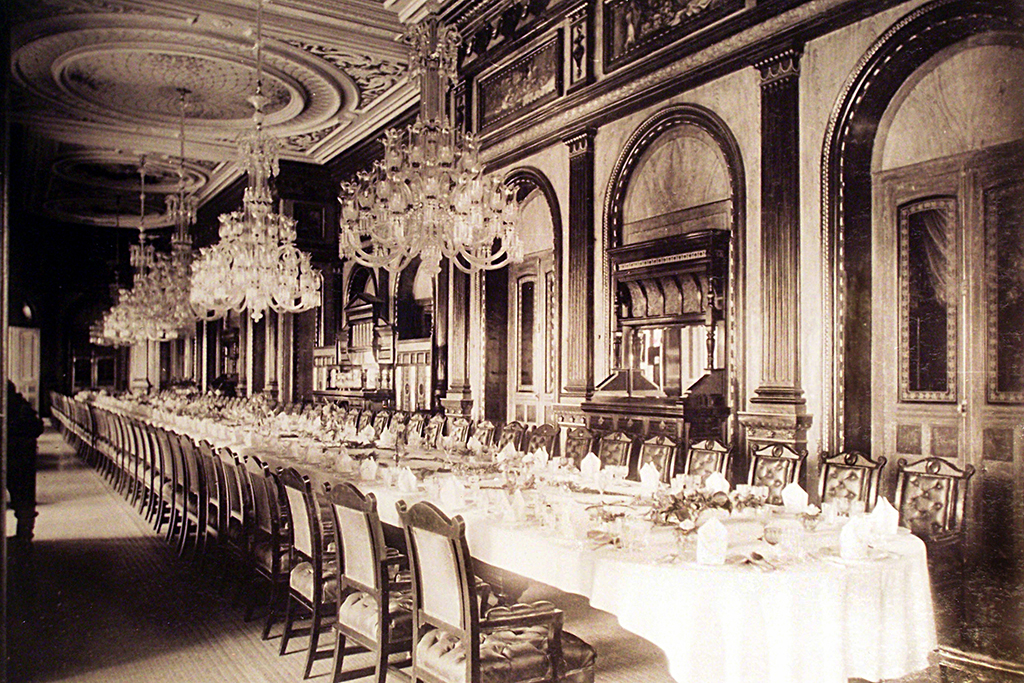
Why Falaknuma Palace and the Jewel of Nizam Were Visited by the Michelin Team?
Way before Michelin began awarding stars globally, a curious buzz surrounded Hyderabad’s Falaknuma Palace and The Jewel of Nizam restaurant. These two iconic spots reportedly received visits from the Michelin critique team during feasibility assessments in the early 2000s.
Why the interest?
- Architectural Grandeur: Falaknuma Palace, built in 1894, is a royal relic with Venetian chandeliers, Italian marble, and a 101-seat dining table.
- Historical Cuisine: Jewel of Nizam serves Hyderabadi royal cuisine—slow-cooked, spice-balanced, and rich in culinary heritage.
- World-Class Experience: International diplomats and royalty often dine there.
While the stars were never awarded (thanks to the guide’s absence in India), these visits confirm India has Michelin-worthy venues.
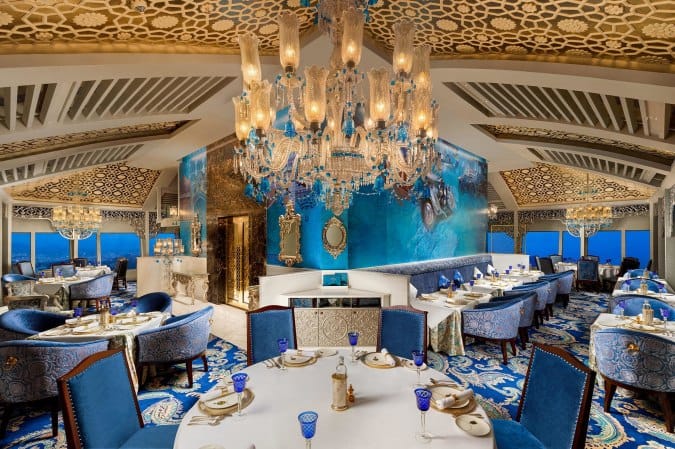
Michelin Star Hotel/Restaurant in Hyderabad, Telangana
No stars yet, but Hyderabad holds promise:
- Adaa – Taj Falaknuma Palace
- Jewel of Nizam – The Minar
- Celeste – Falaknuma
- Yi Jing – ITC Kohenur
- Aish – The Park Hyderabad
All these restaurants boast excellence in ambiance, presentation, and heritage.

Can You Apply for a Michelin Star?
Nope. Michelin doesn’t accept nominations or applications. They decide where to go, who to visit, and when to drop stars like culinary Avengers.
You don’t chase Michelin. Michelin chases you—if you’re lucky and located where their tires roll.
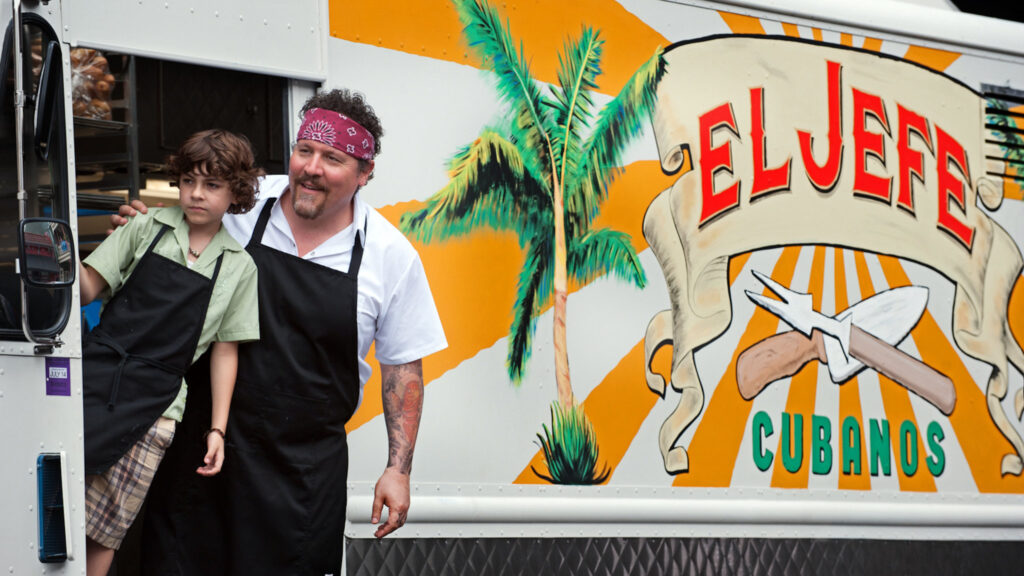
Pop Culture & Michelin Stars: Burnt, Chef, and The Hype
From Bradley Cooper’s stressed-out perfectionist in Burnt to Jon Favreau’s soul-searching food truck journey in Chef, the stars have become cinematic symbols of pride and pressure.
Some chefs call them blessings. Others call them burdens. Either way, the stars are addictive.
Final Course: Michelin Star – Prestige on a Plate
Michelin Stars are not just ratings—they’re recognition, reputation, and a relentless pursuit of perfection. From tyre company manuals to culinary Olympus, the Michelin Guide has come a long way.
For chefs, a star can make or break careers. For diners, it’s a ticket to food heaven (with a side of bankruptcy). And for India—still starless but not talentless—it’s only a matter of time before the Michelin constellation shines brightly across the subcontinent.
So next time you hear “Michelin,” don’t just think tyres—think truffle risotto, white-gloved servers, and an invisible inspector watching your fork skills.
Bon appétit!
Want to know when India gets its first star? Or fancy a deep dive into Gaggan Anand’s rebellious cuisine? Stay tuned on www.thetechjournalist.com!

